All successful companies have brand messaging that is clever, strategic, and relevant to their target audiences.
Think Nike: “Just do it.” Or, Walmart: “Save money. Live better.” Smart, persuasive, and concise.
Brand messaging encapsulates any and all communication of your company's core value proposition(s). Whether it’s a company slogan, tagline, or heading, the ultimate goal of brand messaging is to inspire customers to purchase your product or service.
This blog will explore six B2B and B2C brand messaging examples, covering what makes them stand out and be successful. We will analyze the following companies:
- Zapier
- Ultimaker
- ServiceNow
- Dollar Shave
- Bounty
- MasterCard
And who knows? These examples may inspire your company to update its own brand messaging, improving your positioning to have an edge on the competition.
Elevate your product marketing strategy with this free kit >>
B2B brand messaging examples
First, we will explore three B2B examples and then dive into three B2C examples. All examples highlighted today have displayed the “three M’s” – meaningful, motivating, and memorable (characteristics that marketing experts believe encompass effective brand messaging). Let’s dig in!
1. Zapier
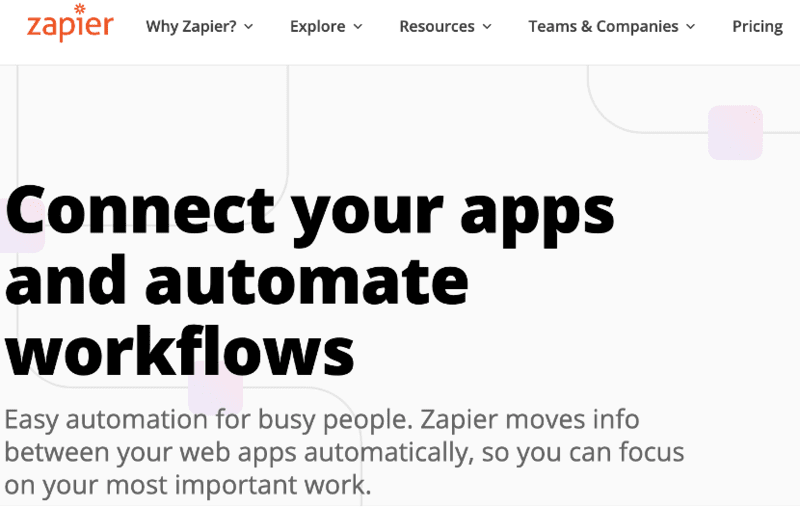
In the remote world many of us are living in, interconnectedness has become increasingly important. Between busy professionals’ growing to-do lists and back-to-back meetings, it’s easy for things to fall through the cracks. That’s why apps like Slack, Asana, and Airtable have grown in usage, keeping teams organized, on track, and in constant communication.
Zapier understood the growing need to better connect apps together and automate workflows and alas, their platform was born. Zapier is known for managing your “busy work” for you. It handles any tedious and repetitive tasks in your apps and requires no coding skills for integration set-up, making it a great asset for a variety of professionals.
Let’s say you are a sales representative and found out that your company just invested in Zapier. You could use it to enable an automatic email to be sent to your inbox when a new lead comes in or to have new leads from a Facebook ad automatically added into your go-to Google spreadsheet. The goal of Zapier is to make your job that much easier.
The company successfully circled in on that through eye-catching and concise messaging, expressing its brand’s value proposition effectively. When analyzing Zapier’s homepage heading as an example, you can see that they have a strong headline, but due to its brevity, it’s still not fully clear how they connect and automate workflows and who would benefit.
They took it a step further, adding a short subheading to elaborate on their proposition and provide more context. The sub-heading brings readers to the consensus that, thanks to the automatic movement of information across applications, busy people benefit from using Zapier.
It leaves you feeling connected with their messaging – what busy professional wouldn’t want their internal processes streamlined? Readers feel hooked and motivated to learn more about how they could benefit from Zapier on a day-to-day basis.
2. Ultimaker
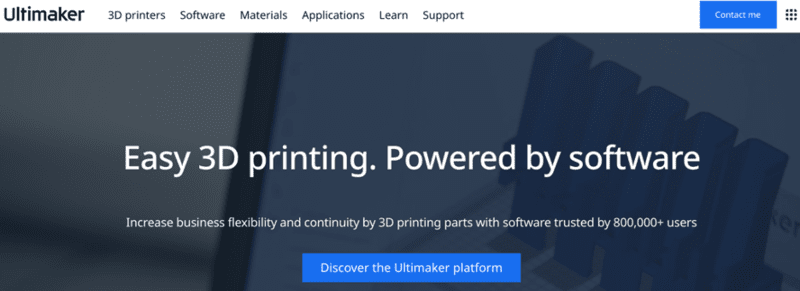
3D printing is a concept that feels, quite frankly, complex to the average person. Despite being traced back to the 1980s, these printers were not commercially available until 2009, making it a relatively new technology to the average consumer and business.
Over the past decade, many organizations have invested in 3D printing but come across issues with training operators, meeting IT security requirements, and/or breaking away from siloed inventories and manual workflows. This is where Ultimaker has come into play.
The platform connects to your desktop 3D printer to take care of these challenges for you through its cloud-based workflow, online training courses, and top-tier security features – all while elevating your organization’s 3D printing capabilities.
Through simple yet sound brand messaging, Ultimaker has checked off each box of the three M’s. In six concise words in the headline, they’ve demonstrated what they do and how. The subheading also provides credibility to the decade-old company and focuses on two strengths: (1) strong adaptability and (2) an ongoing effort to prevent any business disruptions – benefits that all 3D printer users are looking for.
The company’s business model is clear: Its software provides users with a simple 3D printing experience – a key differentiator in the convoluted 3D printing industry. This brand messaging example stood out in its minimalist yet strategic approach for a technology that typically feels… complicated.
3. ServiceNow
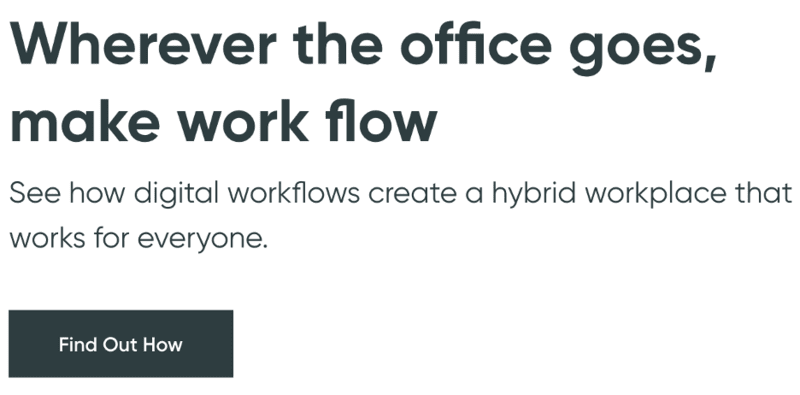
You’d be hard-pressed to find a business that doesn’t need information technology (IT) support. Whether you’re a small company or a global enterprise, chances are you rely heavily on computers and have at least one dedicated staff member that helps with computer-related issues and security measures.
Founded in 2003, ServiceNow is a cloud-based company that provides software for technical management support. Nearly all IT professionals are familiar with the benefits of ServiceNow’s software as it identifies issues that arise and allows you to correct them with self-service, improving productivity and allowing for scalability.
Over the years, the company has expanded outside of just IT and now has ten different products and four workflow solutions offered. Targeting audiences ranging from IT to legal to HR to customer service, coming up with brand messaging that appeals to all target audiences is no easy task.
The main reason that ServiceNow has seen such success is because of its strong brand messaging that they continuously evolve to keep current. In our example, you can see that they opted for more general wording on their homepage headline to appeal to all target audiences – yet the text still managed to be meaningful and effective.
Right off the bat, its business model is clear and it’s memorable because of the headline rhyming. They also made a strategic move to hone in on its effectiveness for hybrid workplaces – a timely and relevant addition because of the virtual world we’re working in.
ServiceNow made it known in two short sentences that with their service, it doesn’t matter where you’re located or what your business is. As long as you use their system, your digital workflows will thrive and meet everyone’s needs – whether you’re an HR or IT professional!
B2C brand messaging examples
4. Dollar Shave Club
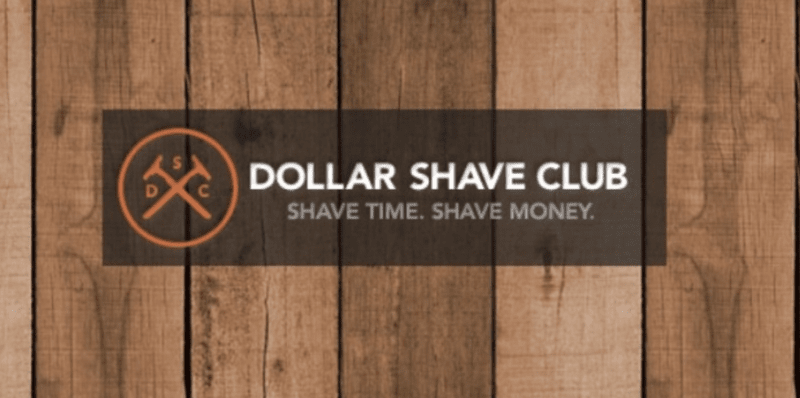
Dollar Shave Club is a company that delivers razors and other personal grooming products to customers by mail on a monthly basis. As you can imagine, the company sits within an extremely saturated and well-established market, competing against big-box retailers such as Walmart, CVS, and Target. In this case, the only real way to get ahead is to differentiate yourself.
While the concept of getting razors delivered to your doorstep is not exactly groundbreaking, its time-saving approach of sending affordable grooming products automatically through a monthly subscription does distinguish them.
Through smart brand messaging, the company broke through the industry noise and went viral, promoting its benefits in a witty way. The company’s slogan has become ingrained in many consumers’ minds – maybe even yours and you didn’t even realize it!
Dollar Shave has built a strong brand around those four words, always keeping its product offering front and center. Similar to ServiceNow’s rhyming technique in their brand messaging example, Dollar Shave’s decision to weave “shave” into their lingo was a surefire way to leave a lasting impression and buckle down on its offering.
And after all, convenience and bargain hunting is key when it comes to shopping for any product. Dollar Shave Club used that to its advantage to connect with its broad target audience.
5. Bounty
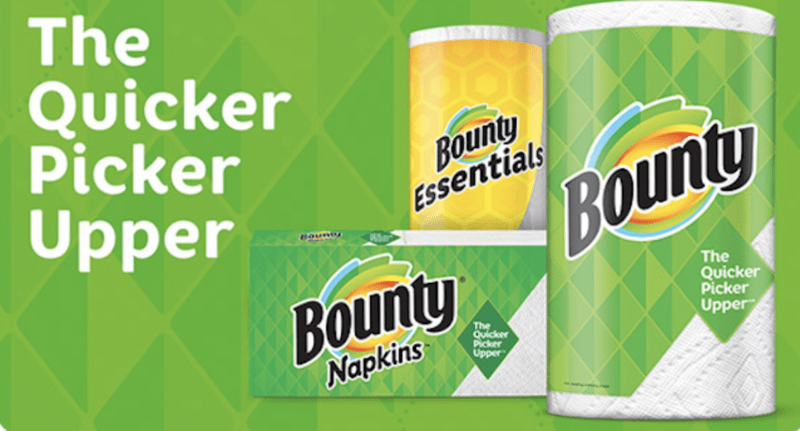
Chances are you’re very familiar with Bounty – the leading paper towel, napkin, and toilet paper company. It has been around for over 50 years and has been a consistent top player in its space. While this likely isn’t news to you, have you ever thought about how they’ve established such an authoritative brand? After all, marketing for a consumer paper product company doesn’t leave you with much room for creativity.
They’ve become well-established with the help of their memorable tagline – one that nearly every consumer recognizes and understands. While it covers the main reason consumers purchase paper products like Bounty’s (to clean something up), it subconsciously works at consumers’ minds and emotions with its unforgettable, rhyming jingle.
The messaging makes readers believe that Bounty is faster and better than its alternatives. It also insinuates that Bounty’s products must be of better quality due to its speediness in soaking up messes. All B2C companies can learn a thing or two from Bounty’s quick-witted yet to-the-point messaging.
6. MasterCard
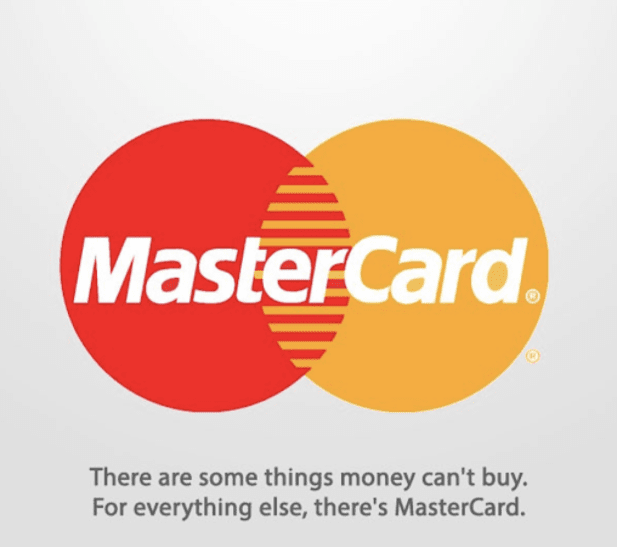
There’s no doubt that MasterCard is one of the most well-known pioneers in payment innovation and technology, producing credit cards, debit cards, prepaid cards, and gift cards. With so many alternatives for consumers to choose from, MasterCard knew from day one that it needed strong messaging to exemplify its brand and offerings to keep up with the competition.
Back in 1997, the company created its famous slogan, and it has stuck ever since. What started out as Mastercard’s “Priceless” advertising campaign, has turned into a full-fledged identity for the company. The company’s slogan makes clear that you can use MasterCard for nearly every single purchase you want to make and that they’re dependable and reliable.
The messaging also leaves room for the imagination which is why it has stuck with so many people. “There are some things money can’t buy,” is similar to Zapier’s brand messaging example in its emotive approach, pulling at consumers’ heartstrings.
When you think about what money can’t buy, chances are you think of family, friends, experiences, and memories. This tagline makes readers reminisce and trust that MasterCard is more than just a company. There are real people behind the MasterCard brand name that you can relate to, adding a new level of memorability and sincerity.
Use competitive intel to improve your brand messaging
While all of these brand messaging examples hit upon the three M’s, it’s important for these companies to stay on top of changes within their competitive landscape – to know if they need to evolve their brand messaging to differentiate themselves and/or maintain competitiveness. In other words, to stand out, you must be well-versed in how your rivals are articulating their business model, mission, product offering, and more.
With Crayon’s competitive intelligence software platform pulling intel from 300+ million sources, your enterprise can gain deep insight into your competitors’ marketing and positioning efforts. Spend less time researching and more time analyzing and acting on your rivals’ marketing initiatives with Crayon today!

Seeing is believing! Check out Crayon for yourself.
Take a Product TourRelated Blog Posts
Popular Posts
-
 The 8 Free Market Research Tools and Resources You Need to Know
The 8 Free Market Research Tools and Resources You Need to Know
-
 6 Competitive Advantage Examples From the Real World
6 Competitive Advantage Examples From the Real World
-
 How to Create a Competitive Matrix (Step-by-Step Guide With Examples + Free Templates)
How to Create a Competitive Matrix (Step-by-Step Guide With Examples + Free Templates)
-
 24 Questions to Consider for Your Next SWOT Analysis
24 Questions to Consider for Your Next SWOT Analysis
-
 How to Measure Product Launch Success: 12 KPIs You Should Be Tracking
How to Measure Product Launch Success: 12 KPIs You Should Be Tracking



